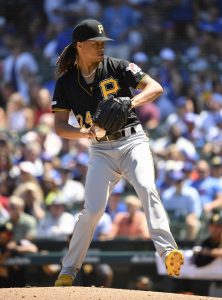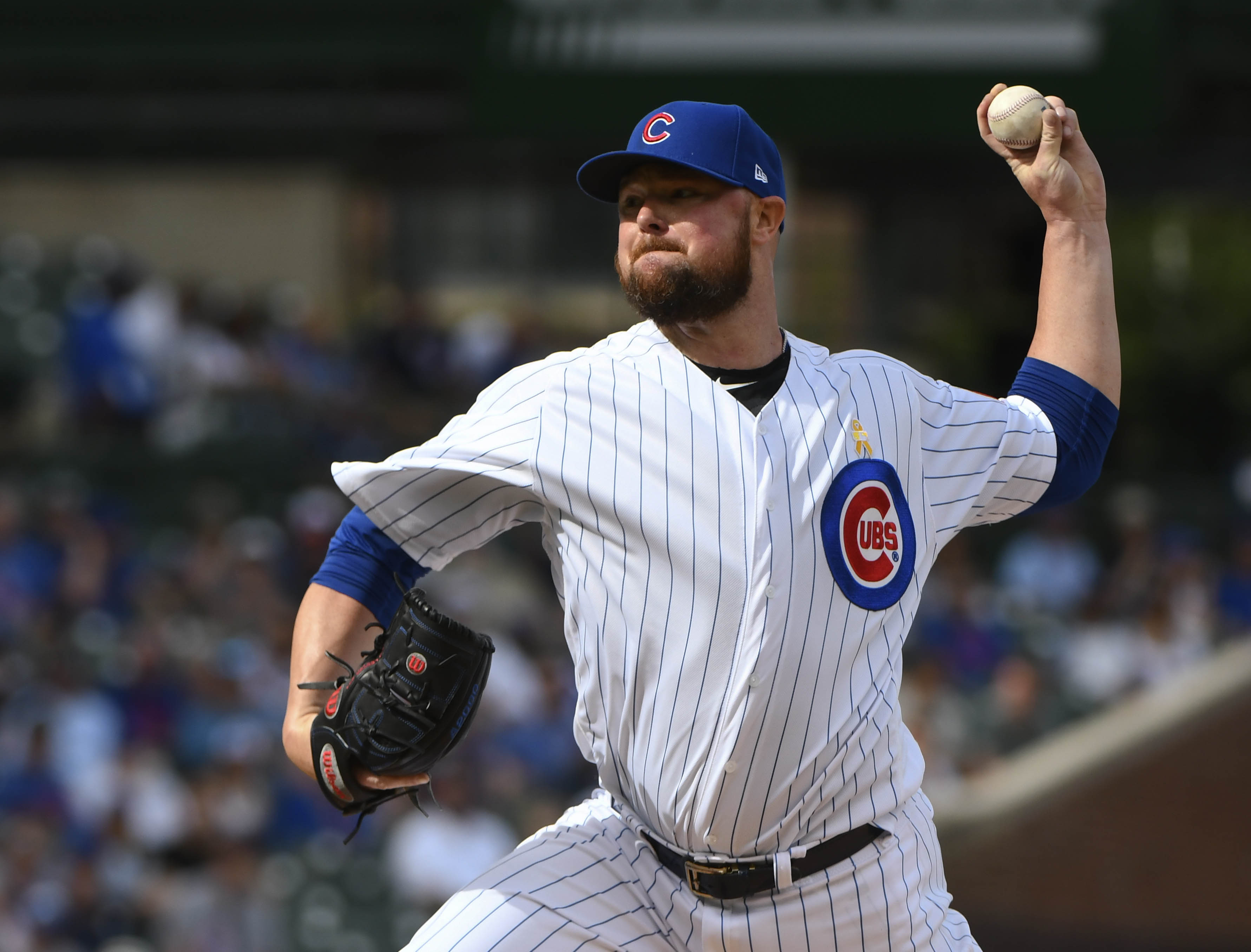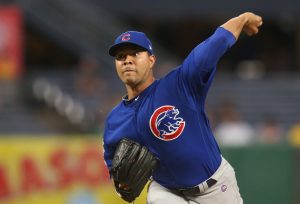The Washington Nationals have had more time than your average champ to take a bow after their World Series victory last October. Their win in Game Seven over the Astros more than seven months ago stands as the most recent non-exhibition game, and though Major League Baseball continues to bob and weave their way back to play amidst this pandemic, the Nats are still the champs until a new one is crowned. Luckily for baseball fans, Davey Martinez’s crew in Washington certainly made the most of their first World Series victory from a lore perspective. Their turnaround after starting 19-31 has been the most often trumpeted fact from their run to the top, but there are plenty more factoids that add flavor to the Nats’ first championship.
For example, as their Twitter account graciously reminds us, they’re “The Greatest Comeback Team In MLB History” after reversing an in-game deficit five times when facing elimination in the postseason. Then there’s Ryan Zimmerman hitting the first home run in their World Series history 15 years after the Nats made him the first-ever draft pick. Howie Kendrick certainly has a story to share, as does Stephen Strasburg, as does, believe it or not, Gerardo Parra, who bonded the clubhouse around – of all things – a South Korean children’s song.
They also became the first team to win a World Series via four road wins, they took out the Astros just weeks before news broke of the sign-stealing scandal, and they coined multiple slogans along the way, like “Stay In The Fight,” “Bumpy Roads Lead To Beautiful Places,” and “Go 1-0 Every Day.”
But despite the rings, the accolades, and the lore aplenty, there’s at least one thing the Nationals did not accomplish. The 2019 Nats became just the second team in the Wild Card Era to win the World Series without spending a single day in first place (2003 Marlins).
Of course, the introduction of the wild card in 1995 makes this fun fact possible. Since the single wild card was brought into play, we have 25 seasons of wild card history. Seven wild cards survived the gauntlet of the playoffs to win it all: 1997 Marlins, 2002 Angels, 2003 Marlins, 2004 Red Sox, 2011 Cardinals, 2014 Giants, 2019 Nationals (that’s it, right?). While the run in the early aughts gave the wild card some serious juju, the shine had worn off a bit in recent years. Still, each of the past two decades brought a 30% championship rate for wild card entrants.
Meanwhile, World Series champions on the whole over the past 25 years have spent an average of 95.88 games in first. Of course, we’re dealing with a small sample size here and a fairly large spread. A standard deviation of ~54 games means that roughly 95% of our champs should have spent somewhere between 41 and 150 games in first, meaning there really are many ways to skin this cat – especially since more than a quarter of World Series champs fell beyond those bounds (thanks a lot, sample size).
The 2016 Cubs came pretty close to running the table, leading the NL Central for 154 games before capping a season for the ages. They were outdone – White Sox fans will not be surprised to hear – by their crosstown rival. The White Sox were in first place for 161 games during the 2005 season before sweeping the Astros. They did, in fairness, share first place with the Tigers and Twins for (small) portions of the season. The ’02 Angels and ’97 Marlins, meanwhile, barely managed to escape our list by spending 12 and 11 days in first, respectively.
So while the Nationals had a season for the ages in 2019, there’s yet more for this team to accomplish (if/when play resumes for the 2020 season). The Braves would seem to rule the roost, but the Phillies held a share of the NL East lead for 60 days of the 2019 season, and the Mets took the top spot for a cool 14 days. The Marlins’ 105-loss season didn’t share a ton in common with the Nats’ by the end of the year, but this fact they shared: neither managed to lead the division for even a day.



